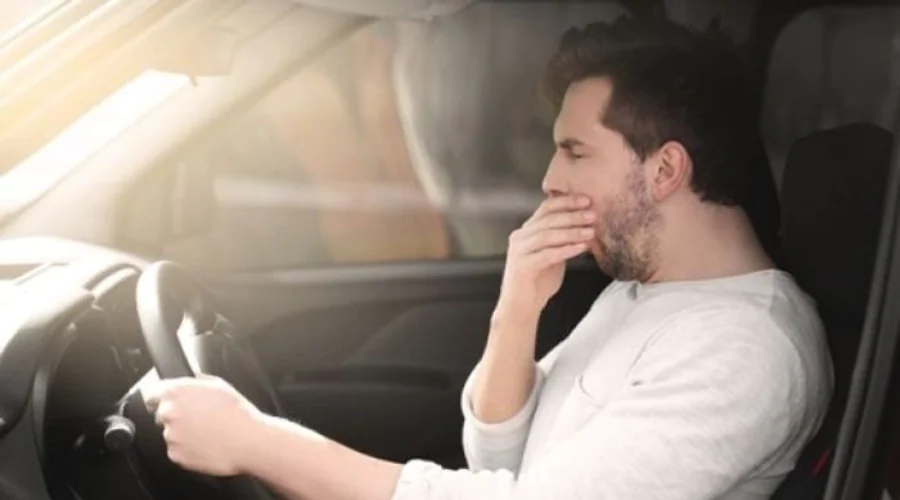
- 25 Apr
- 2022
Ilustrasi foto microsleep (suara.com)
UM Surabaya Lecturer, Long Distance Homecoming; Microsleep alert
After being delayed for 2 years, the atmosphere of this year's Eid is quite different, the government in 2022 has issued permits for people who want to celebrate Eid in their hometown. This Lebaran homecoming activity which has become a hereditary tradition is to meet family in their hometown.
Various types of vehicles are used to make our trips easier, starting from public transportation and private vehicles.
Agung Wijaya Lecturer in disaster and emergency at the Faculty of Health Sciences (FIK) UM Surabaya explained that it is important for the community to recognize distractions while driving, one of which often occurs is Microsleep, where we know conditions are one of the factors that cause accidents.
Microsleep is a condition of extreme fatigue in the body which results in falling asleep briefly and suddenly within a few seconds, this condition can be repeated even after resting for a few minutes. This is different from sleep conditions in general.
"Microsleep has one of the signs that looks blank when driving in an area with arms or freeways, quite slow in responding to information or communication with surroundings, does not remember information and actions in the last few minutes, hypnic jerk condition, body jerks suddenly," explained Great (25/4/22)
Other signs sore eyes, unsteady steering and moving vehicle zig-zag or leaning in one direction slowly, slow to react, difficulty remembering and driving at variable speeds. When experiencing microsleep, the sleeping condition is experienced not only when the eyes are closed, but can also occur with the eyes open.
According to Agung, microsleep can be prevented by having a good sleep pattern and good nutrition. Don't drive when you are tired or sick. Research has proven that resting and taking short naps of 10 minutes or more can reduce the risk of accidents caused by fatigue.
"Another step that can be taken is to take a break every 3 to a maximum of 4 hours while driving. If referring to Law no. 22 of 2009 concerning Road Traffic and Transportation, it is stated in article 90 paragraph (3) that drivers of public motorized vehicles are required to rest for half an hour after driving for four consecutive hours," he added.
When experiencing microsleep while driving, immediately go to the rest area or rest area, take a 20-30 minute break, by doing stretches so that the stiff muscles can relax and improve blood flow or oxygen throughout the body so that the body's condition becomes fresher .
“If you feel very tired and sleepy, sleep 1-2 hours so that the body is fully rested. Also avoid eating - foods that contain high carbohydrates and sugar. Drive in prime condition, so that the goal of going home can actually be achieved," he said.




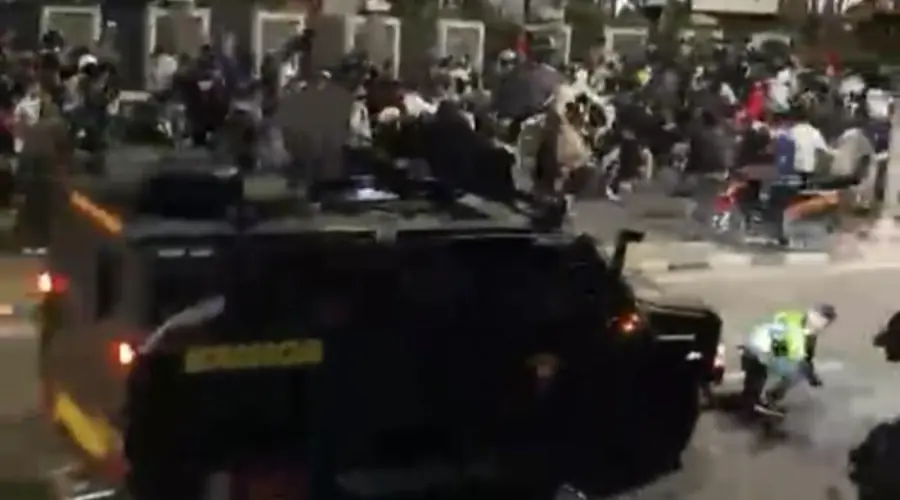

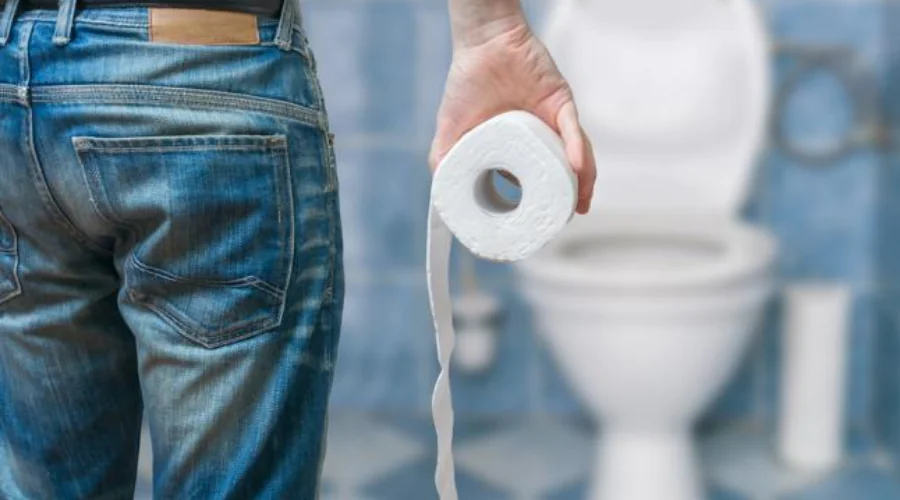
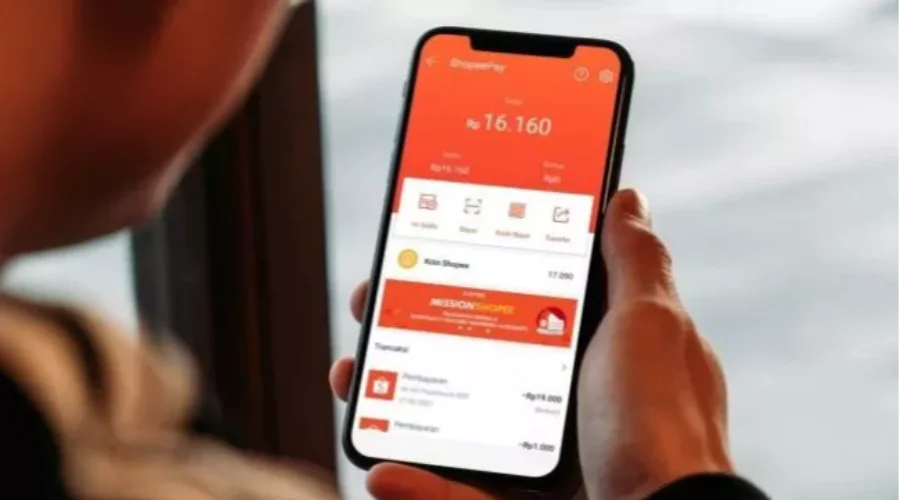
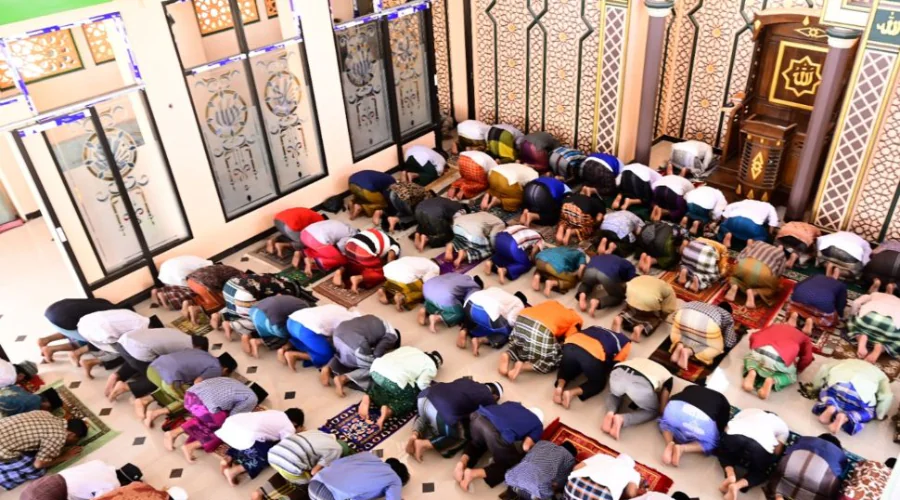

(0) Comments